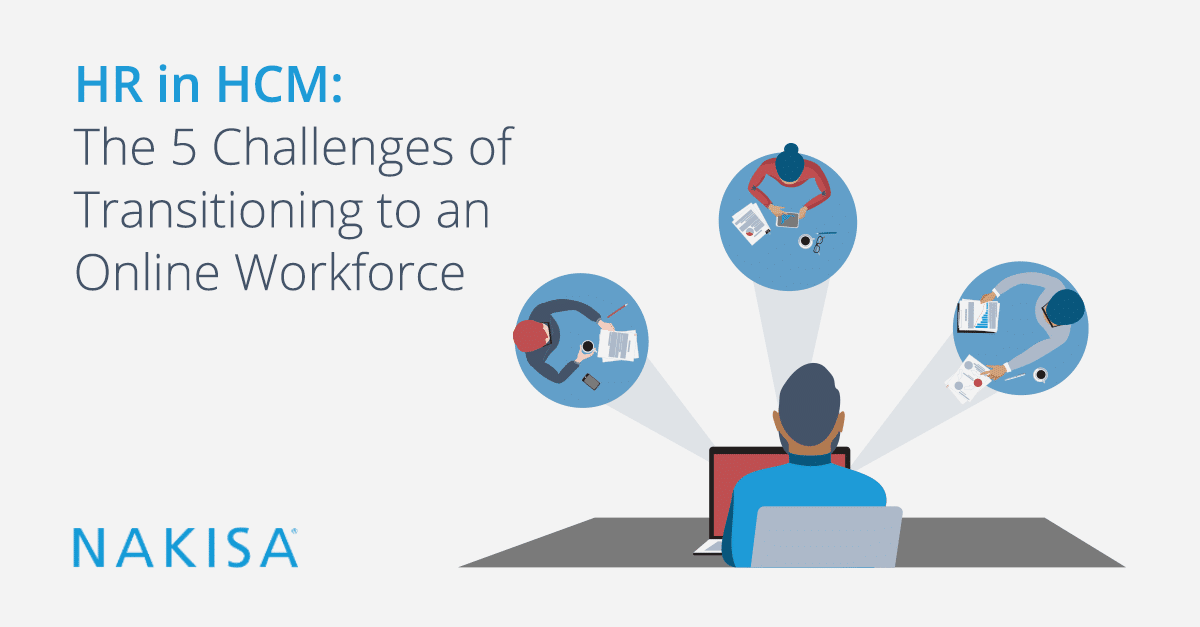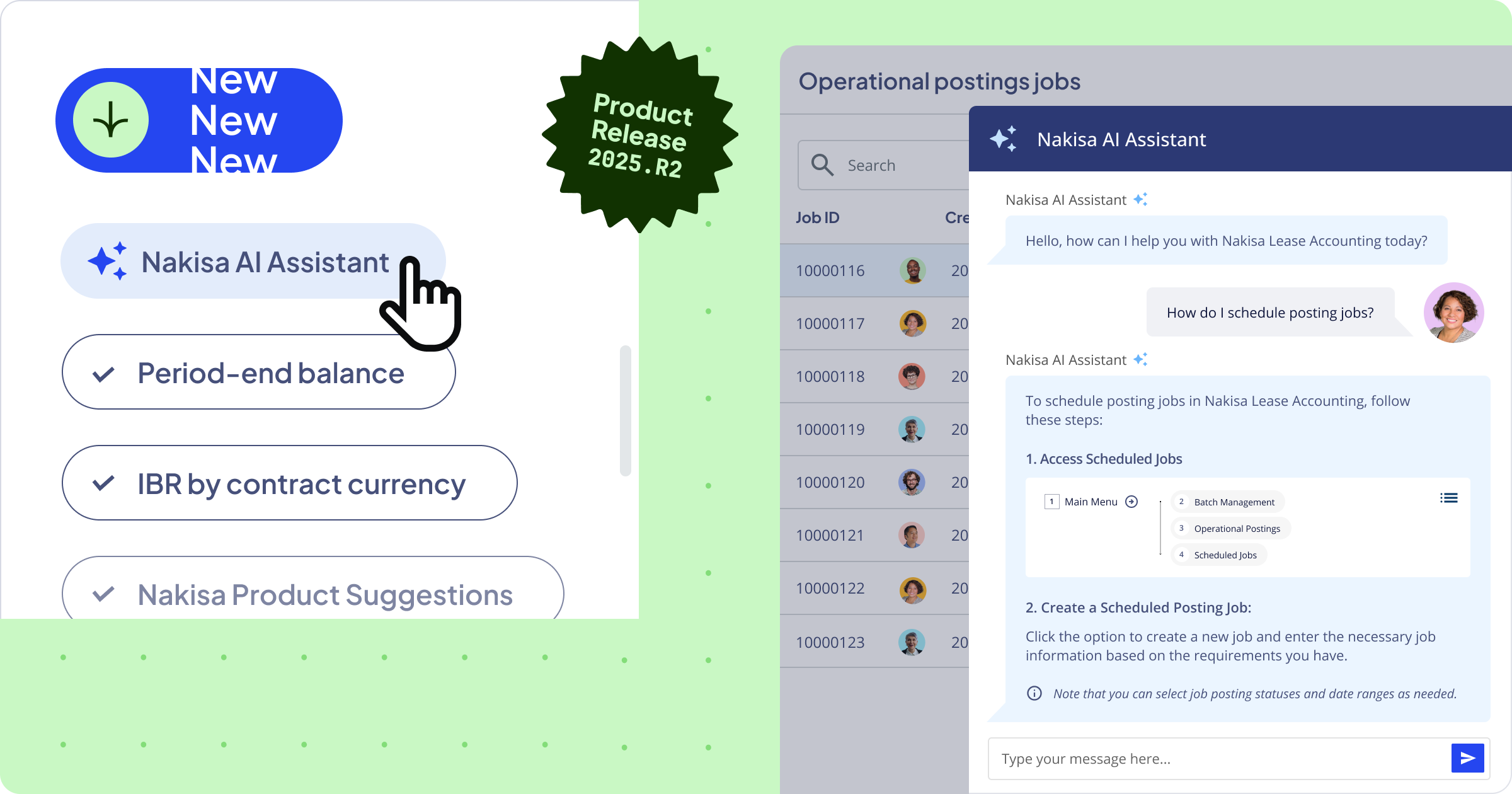With all the productivity tools and communications platforms on the market to facilitate teamwork and drive innovation, it may have surprised many organizations that adapting to a remote workforce, in light of the coronavirus pandemic, could be so difficult. The truth is that while the number of tools to support productivity has grown exponentially over the last 20 years, it’s not for any lack of options for precise and performative software that so many of us have been thrown for a loop. It’s because we’re in the process of profoundly altering our work habits. More importantly, we’re reinventing how we collaborate and communicate with each other professionally.
A recent article from Ernst & Young states, “Some companies already had the infrastructure and tools available at the start of the crisis, but are only now realizing their full potential. Tools are important, but successful migration also requires leadership, clear guidelines, and a real commitment.”
As a global software company, Naksia already had sophisticated infrastructure in place to support telecommunication prior to the coronavirus outbreak. However we, like so many organizations, still experienced some challenges when pivoting to a fully remote workforce. While the transition, thankfully, occurred swiftly and smoothly, today, a few weeks into this new normal, I can look back on some of the initial challenges we experienced and break down how we rose above them.
The Right Tools for Remote Work
Making use of cloud-sharing communication and collaboration tools was already part of Nakisa’s infrastructure. Our software has allowed our staff to work from home without interruption even before the pandemic obliged us to move to an entirely remote work model. However, we did need to make sure this model worked for all our employees around the globe.First, we needed to learn what kinds of set-ups employees had at home, and provide them with additional equipment and support to allow them to be productive. This included equipment such as monitors, laptops, office chairs etc. This was essential, as many employees were not properly set up to be efficient for more than a day.From the outset, our HR staff communicated the urgency of prioritizing any requests for technical support from the IT department. In a situation like the one we’re facing, it’s crucial that employees have fast and productive tools to avoid frustration and lack of motivation caused by slow computers and inefficient tools. Sending weekly IT best practices emails was also a good way to keep the staff informed and help the less tech-savvy employees navigate the new normal that is working from home.
Checking In: One-on-One Meetings
A recent article from Forbes suggests “creating a consistent schedule of virtual team meetings to ensure everyone is being looped in on updates, expectations, and next steps.” Prior to the pandemic, Nakisa employees had already established regular meetings for employees to check in with their direct superiors, review workloads, and assign new projects.Today more than ever, these meetings are pivotal. Not only to keep track of work-related progress, but also to talk more generally about morale, and use these meetings as opportunities to strengthen our professional relationships. On sunny days, some one-on-one meetings have even turned into walk and talks.
The 7% Rule of Communication
Albert Mehrabian’s famous rule of personal communication suggests that only seven percent of our communication is made up of spoken words (this can also include emails, messaging, or texting). Thirty-eight percent of our communication is said to be interpreted over voice and tone (which can also be experienced on phone calls), and 55 percent is received via body language.Knowing this, our HR department’s work from home (WFH) best practices ask that everyone have their cameras on during virtual meetings. When colleagues can see one another’s reactions in real time, it’s easier to explain ideas and express concerns, as well as understand the nuances of one another’s verbal cues. And with all this social distancing, it just feels good to see the colleagues who would normally stop by our desks to say hi.
Team Spirit: Staying Connected
Building and maintaining a virtual company culture is one of the biggest challenges we all face. At Nakisa, we were proud to see and support employee-led initiatives to maintain our culture and team spirit. Happy hours (or 5 à 7 in Montreal) and lunch dates moved online. Team workout challenges are keeping us motivated to move and stay in shape. Online chess tournaments challenge us. A WFH social media series showcasing our teams’ new office setups, pets, and social e-gatherings give us all a sense of fun. It’s also important to continue to celebrate milestones like work anniversaries, birthdays, work accomplishments, or becoming a parent. We are social beings, so in tough times like these, HR’s priority is to continue to support people engaging with each other in any way possible. It is people who make culture, after all.
Consistency: The Key to Maintaining a Balanced Routine
Working from home on a regular day can already be a challenge for some – we need to motivate ourselves and avoid distractions. In our current reality, with confinement regulations, increased workloads, performance monitoring and pressure, maintaining a balanced lifestyle is essential. Working from home can be stressful on both mind and body. Some people respond by becoming workaholics, others work irregular schedules. To encourage our employees to maintain a healthy and balanced routine, our managers established routine meetings, calls, breaks, lunch hours, and socials that suited the realities of their respective teams. This provided a sense of routine and a way for our staff to balance their working and social calendars.
We are so proud of the way everyone at Nakisa is pulling together during this difficult time and how quickly and positively we were able to adapt to this new normal. I look forward to seeing how we continue to encourage one another and to watch and learn as we turn these challenges into opportunities.
Read more articles in our HR in HCM series here.





